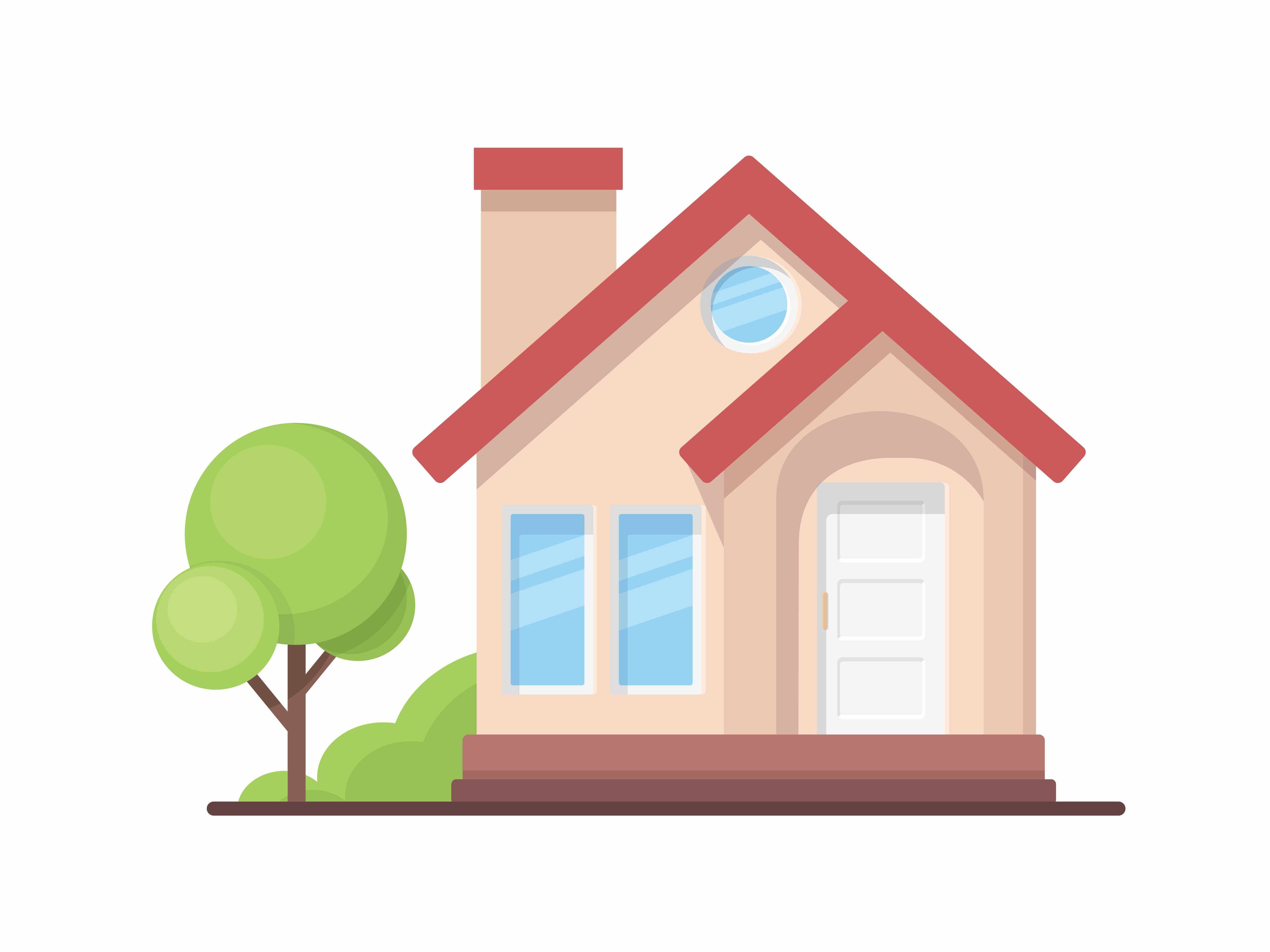Senior Living Rental Rate Growth Diverges As Il, Al ‘no Longer In Lockstep’

Rental rates for assisted living and independent living are “no longer in lockstep” due to shifting market forces and consumer needs.
In December 2024, independent living properties saw a 12.9% year-over-year increase in initial rental rates, more than double the 5.4% rise seen in December 2023. At the same time, discounts in the independent living sector have decreased.
This shift marked a change from past years when independent living operators relied more heavily on discounting and to drive occupancy growth, and it comes as move-outs continue to be eclipsed by move-ins in 2024, National Investment Center for Seniors Housing and Care (NIC) Senior Principal Omar Zahraoui noted.
While independent living operators are regaining pricing power and reducing the number of offered concessions, assisted living operators are facing affordability pressures and subsequent discounting that are keeping rental rate growth relatively low.
Assisted living initial rates grew by 1.7% year over year, down from 6.9% in 2023. At the same time, discounting increased to 8.6% below asking rates, is up from 6.4% in 2023. In 2024, the average discount ticked up to about one month of rent, representing a gain over the average discount of a little more than three weeks in 2023.
Zahraouisaid that a “likely driver” behind the current shift that bucks historical trends is the “fundamental difference” between independent living and assisted living demand, where independent living allows for “greater flexibility” and assisted living is a needs-driven product.
“As a result, affordability is becoming a defining factor in AL pricing decisions,” Zahraoui told SHN Thursday.
It could pressure assisted living operators to think more closely about affordability and the challenges prospects or current residents face in footing the bill for increased care offerings. In needs-based assisted living settings, Zahraoui said margin compression remains an ongoing risk.
“IL operators are leaning into premium positioning by leveraging pricing power and reducing reliance on discounting, while AL operators need to navigate a delicate balance between affordability, occupancy momentum, and healthy margins,” he told SHN.
But, Zahraouisaid, strong rate growth for independent living providers shows a “broader positive trend,” in that the appeal and demand for senior living remains strong.
“As today’s IL residents are the future AL residents, the long-term outlook for both property types remains promising,” Zahraoui said via email.
This comes as senior living operators continue to focus on preserving the value proposition of the industry, attempting to avoid discounting while operators remain careful in playing with resident rates this year. Some operators have also taken a renewed approach in defining care levels to better capture care revenue at higher levels.
The post Senior Living Rental Rate Growth Diverges as IL, AL ‘No Longer in Lockstep’ appeared first on Senior Housing News.


